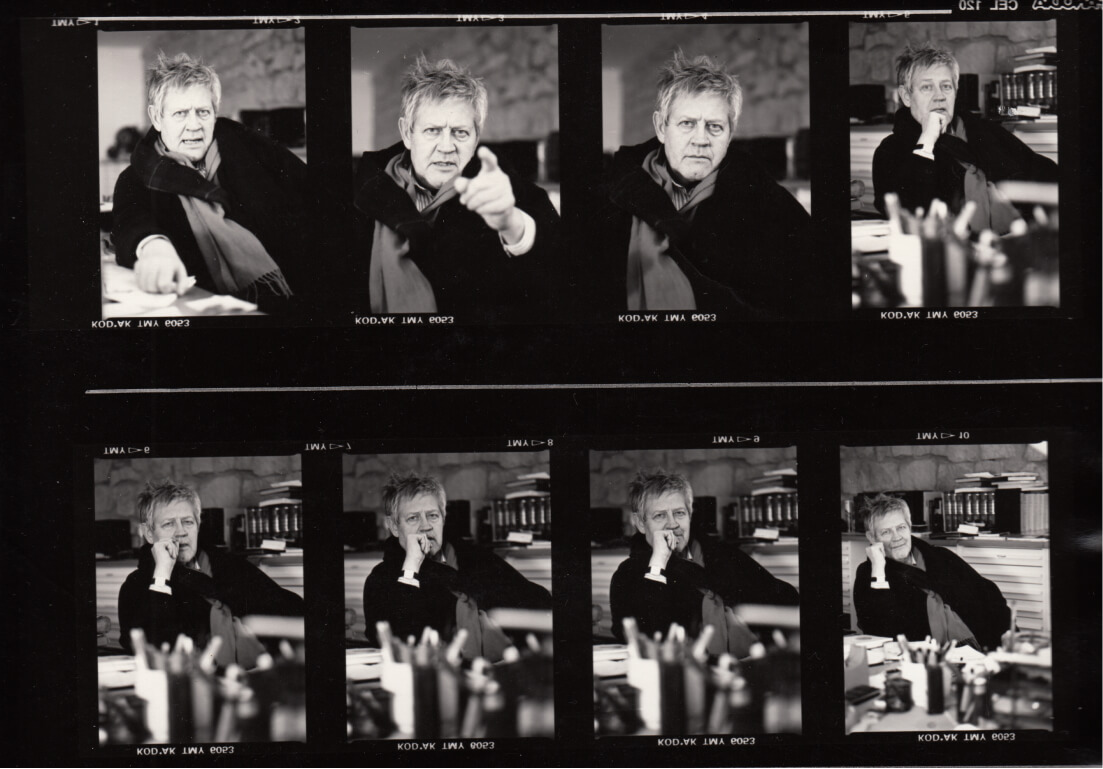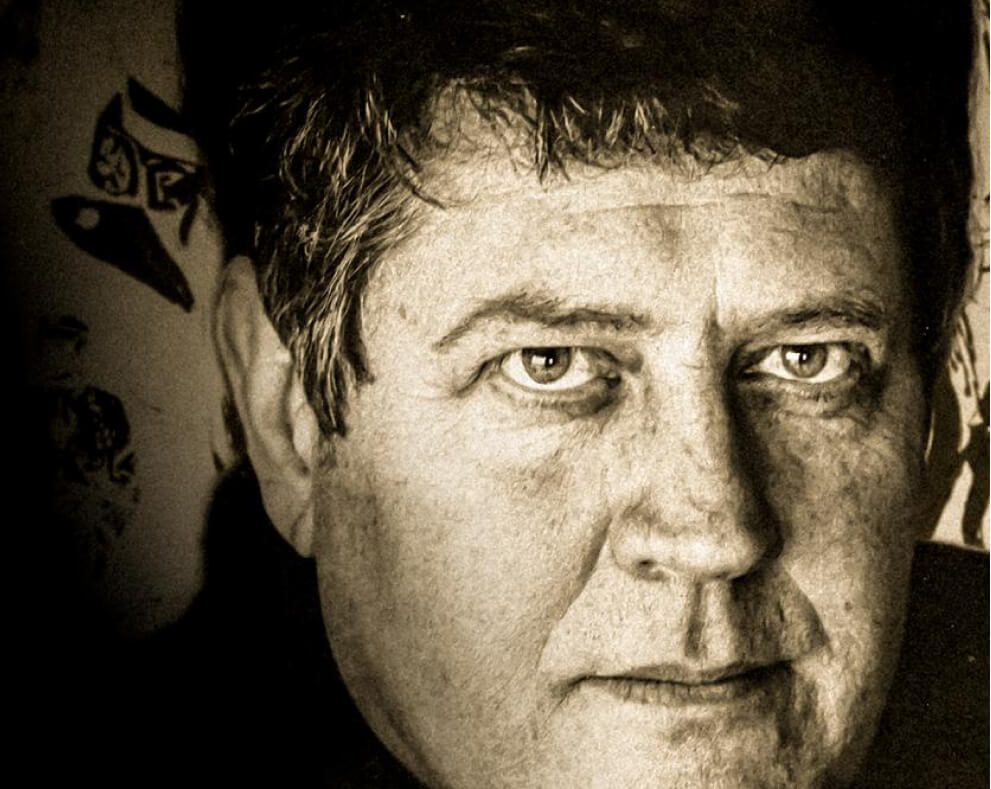Who knew – for example – that in 1993 he designed the livery of a Formula 1 car (the Ligier driven by Martin Brundle) commissioned by the tobacco manufacturer Gitanes? The car designed by Pratt raced the last two grand prix of the season in Japan and Australia, both won by Ayrton Senna, but a German boy we loved was emerging on the horizon: Michael Schumacher.
Or that he illustrated a story by Aleksandr Solzenitsyn in Kent, one of the first all-male magazines in 1969?
In 1984, he created a strip for Puma featuring Corto Maltese in the ‘celestial walker’ version. The claim said: ‘Puma, for adventurous feet only’. It was the story, told by Corto, of Puma, twin brother of Ocelot (two supposed Aztec gods) who became the warrior of the race and the warrior of the wind. At the end of the story an inscription bearing the words: “The celestial walker is not only a myth. He is also a reality. Here, I present to you Puma who, thanks to his magical footwear, always comes out on top in the world of adventure”.
In 1985, when Moleskine had yet to become what it is today, Pratt created “Diario di bordo – Un taccuino per un diario di viaggio” (Logbook – A notebook for a travel diary) enclosed with the magazine Corto Maltese and also – in the same year, again enclosed with the same magazine – he made “Hallo? Parla più forte” (Hello? Speak up!), a phone book, as was used until the advent of mobile phones.
There is no shortage of calendars (he made one in 1971 with other comic strip authors such as Guido Crepax, Dino Battaglia, Franco Caprioli, Rino Albertarelli and Walter Molino), nor albums for the collection of stickers (one in 1978 for Panini of Modena with the Corto stickers, another in 1988 for the Spanish market), wine labels from the Domaine Wannaz-Chenaux in the Vaud canton in Switzerland, postcards for a Carpenè Malvolti prize competition (which, in 1994, won a nine-day stay for two in the Maldives), postage stamps (issued in his honour by Lucca Comics in 1996) and even playing cards (the Tarot cards of Corto Maltese).

